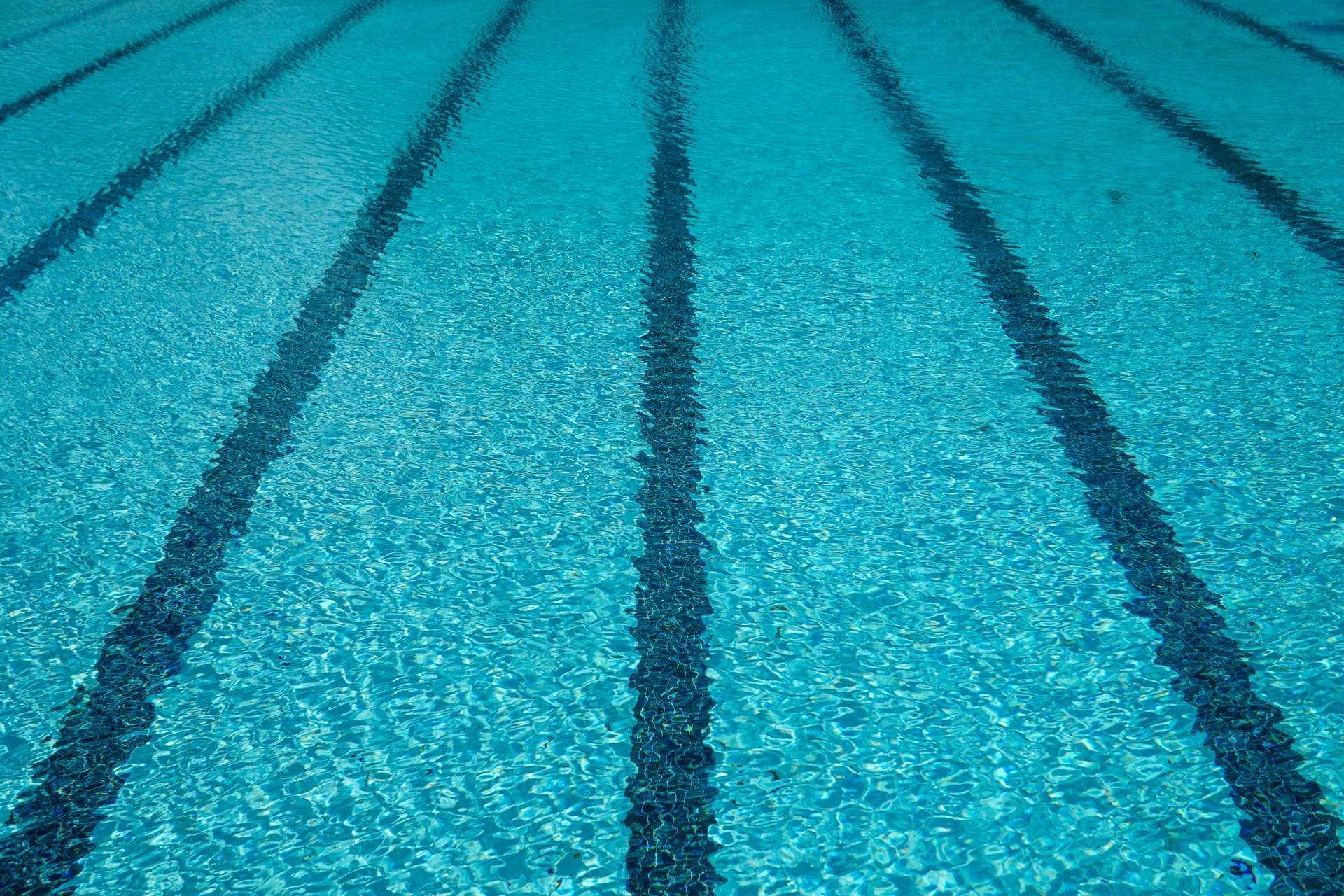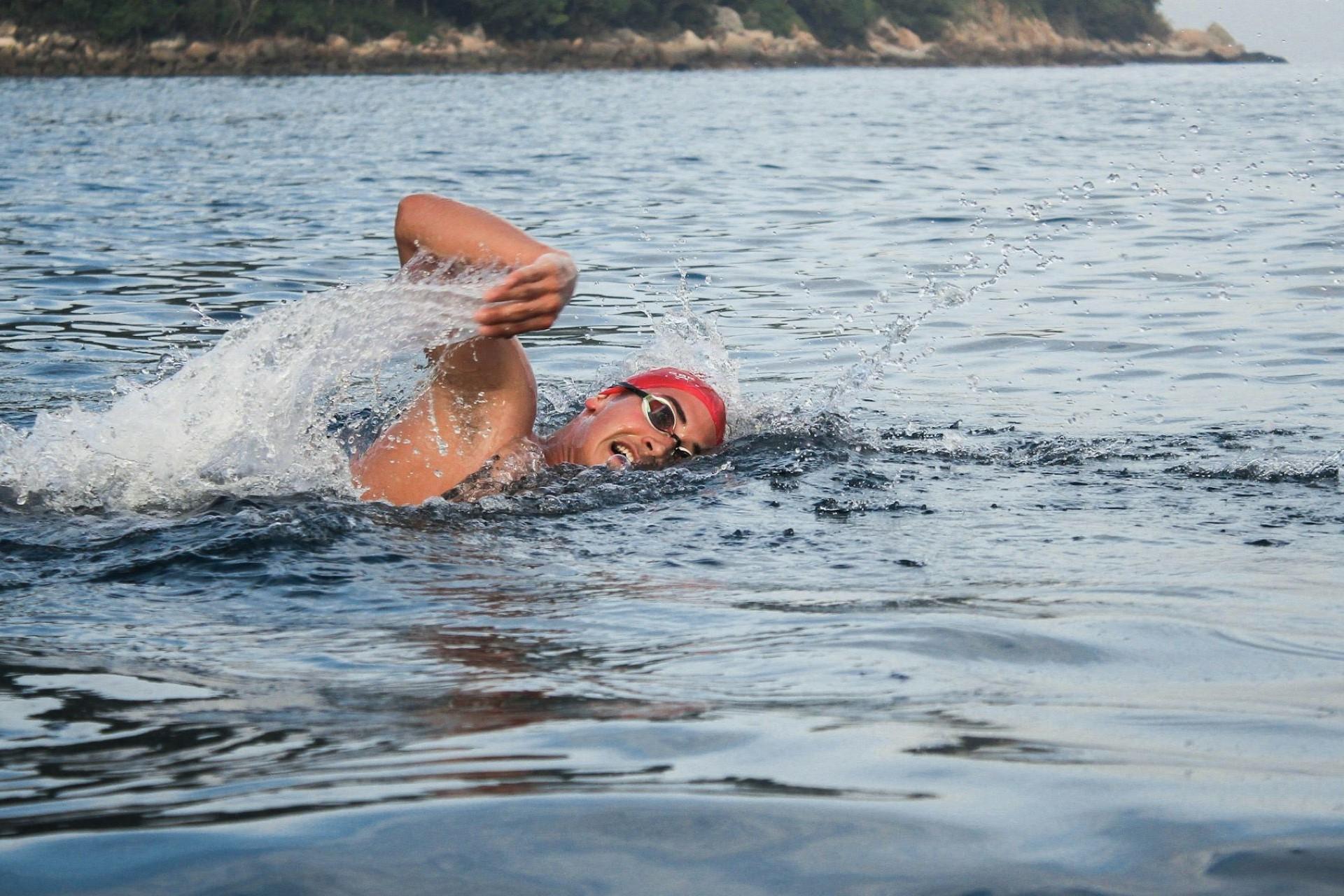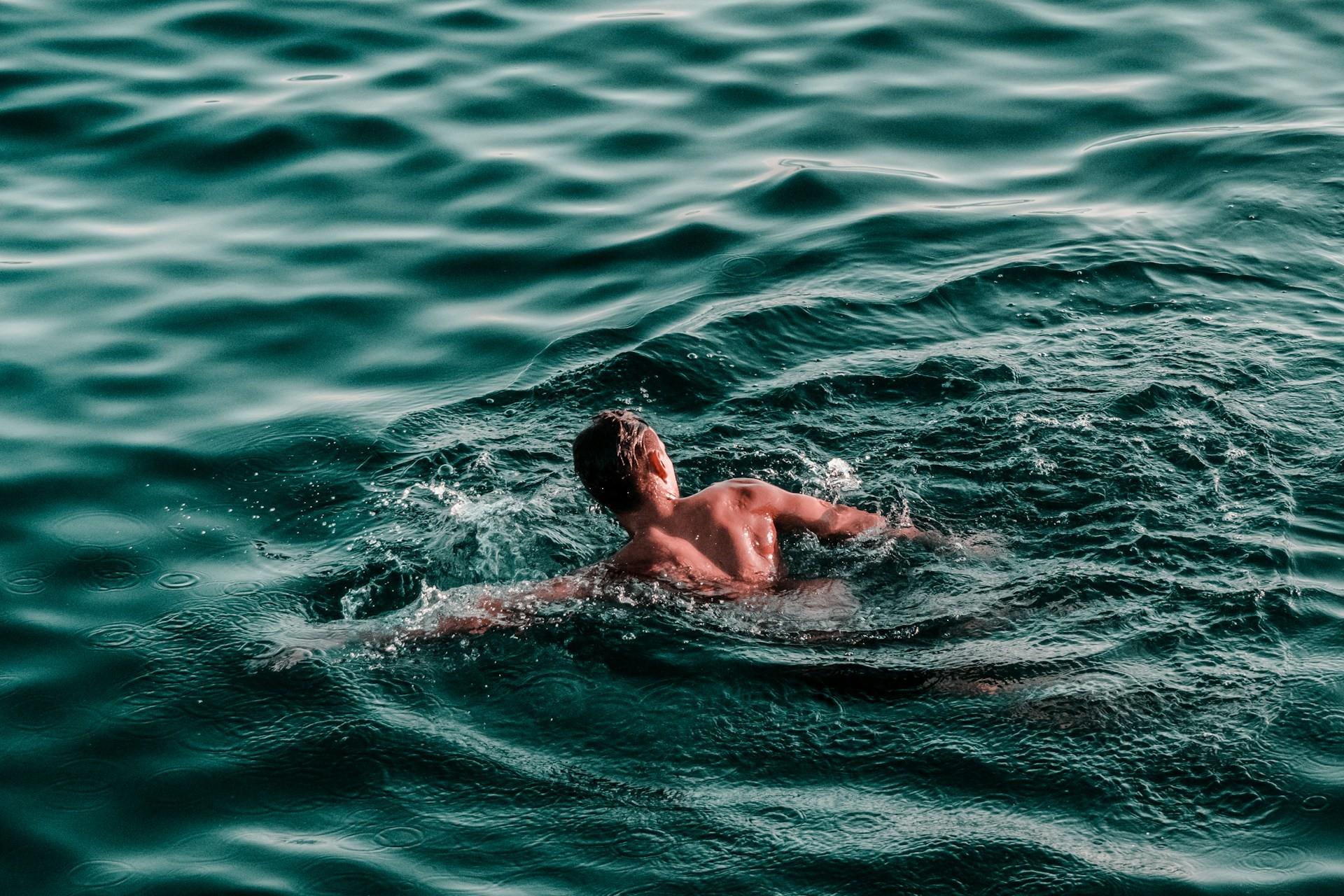So many people in Australia love swimming. It's supposedly the country's favourite sport or sporting activity.
The country's home to one swimming pool for every 7 people and private swimming pool or spa ownership is huge.
public swimming pools!
However, for some swimmers, there's another way to swim and for humans for millennia, it was the only way to swim.
We're talking about wild swimming of course!
Let's look at what it is, how it compares to pool swimming, why it's so popular, how you can get started, and where you can do it!

An Introduction to Wild Swimming
So what is wild swimming?
Wild swimming, outdoor swimming, or open water swimming is just swimming. The only key difference between it and pool swimming is where you do it.
By definition, wild swimming is just swimming in natural bodies of water rather than manmade swimming pools.
These natural bodies of water include lakes, rivers, reservoirs, ponds, seas, and oceans. These locations are often neither regulated nor controlled and some of the best and most popular wild swimming locations are quite remote.
I'm not sure what your local swimming pool is like, but it probably doesn't look as nice as some of the best wild swimming locations.
While not every one of them will be near you or even accessible, you can probably find a wild swimming location near you that's far more beautiful than your local pool.
Naturally, open water swimming comes with risks that aren't present in the controlled and regulated swimming environments offered by local pools and leisure centres, but with the right safety equipment and precautions, it provides many physical and mental benefits that pool swimming doesn't.
Swimming Pools vs. Wild Swimming
You might be asking yourself why you should bother with wild swimming when you have a perfectly good swimming pool in your local area.
Here are just the main differences between pool swimming and open-water swimming so you can make.

Environment
Pool swimming offers a completely different environment from wild swimming. For wild swimmers, the changing conditions that can include weather, tide, currents, and temperature all add to the excitement.
However, if you're a professional or competitive swimmer, this might introduce too many variables into the equation. It's much harder to keep track of how far you've gone, how much work you've done, and how quickly you're swimming across a lake.
Safety
Pools are designed for people to go swimming whereas naturally-occurring bodies of water aren't. This means that pool swimming is generally safer than wild swimming since the conditions are more consistent and there are also many safety precautions like lifeguards, first aid kits, and even an increased likelihood of having greater access to medical care if needed.
Popular outdoor swimming locations can be remote with variable and dangerous conditions. This isn't to say that these risks can't be mitigated, but the inherent danger is usually higher with open water swimming.
Experience
While both pool swimming and open water swimming are types of swimming, they can offer very different swimming experiences.
After all, swimming in calm waters at a local leisure centre pool doesn't offer the same experience as swimming in some of the world's most beautiful natural environments.
The differing conditions, environments, and even risks can all add to providing completely different experiences for swimmers.
Ensure you're capable of wild swimming with a professional swim coach. Find swimming lessons on Superprof!
Amenities
A local pool will have things like changing rooms, toilets, or even somewhere to eat. Wild swimming locations, especially the most remote and popular ones, won't offer the modern-day amenities that you're used to from your local swimming pool.
In terms of amenities, even some of the oldest and worst-maintained public pools will offer more amenities than remote wild swimming spots.
Interested in getting started with open-water swimming? This video can help.
Why Is Wild Swimming So Popular?
We've already highlighted the differences between pool swimming and wild swimming so you may already be beginning to see why so many people prefer it.
That isn't to say that wild swimming is automatically better than pool swimming and there are certainly benefits to each, but let's assume that you still need convincing about why so many people like to do it.
Connecting with Nature
Wild swimming offers the kind of access to nature that your local pool won't. Even if the swimming itself is almost identical to your local pool (which it likely won't be), swimming surrounded by nature is different.

Many advocates of open-water swimming will point to how it's different swimming in a lake, river, sea, or ocean because you're surrounded by different scenery.
The Physical Benefits of Wild Swimming
While both pool swimming and wild swimming offer very similar physical benefits when the water in the latter is calm, there's a different physical challenge offered when swimming in currents or tides.
Wild swimming also makes long-distance swimming more engaging and while there's no reason you can't swim the same distance in your local pool, open-water swimming means that you can swim longer distances without having to do lengths or laps of the pool.
Put simply, wild swimming offers the same numerous physical benefits as pool swimming plus a few extras.
The Mental Health Benefits of Open Water Swimming
Physical exercise comes with lots of mental health benefits as does living a healthy lifestyle and a good diet.
Outdoor swimming also includes the mental health benefits that come with just being in nature. It's been found that being in nature can reduce stress, improve your mood, help you to sleep better, lower blood pressure, increase immune function, and help with depression and anxiety.
Exercise and nature are both great for your mental well-being and wild swimming offers a combination of both.
What Equipment Do You Need to Do Wild Swimming?
For outdoor swimming, you don't technically need anything. You don't even really need swimwear if you want to go for a really wild swim, but we'd recommend proper swimwear as well as several other important items to mitigate the risks and ensure you get the most out of every open water swimming experience.
Make sure you have solid swimming skills with swimming lessons on Superprof.

Depending on where you choose to do your wild swimming, it's recommended that you find all the appropriate gear. In terms of clothing, this could be a wetsuit or thermal swimwear, especially if you're planning on swimming in cold waters or environments.
A good pair of goggles is highly recommended, too. Visibility is often much lower in natural bodies of water and as you'll see with some of the other recommended items for wild swimming, make sure you see clearly and be seen clearly!
Speaking of being seen clearly, you'll want to get a brightly-coloured swim cap so that you can be seen by other water users. Some open water swimming locations allow boats and other water users so make sure they can see you.
A tow float is another way to make sure that you're visible. This float won't provide much assistance to you, but as it floats along behind you, it'll make you more visible. A swim buoy is a floatation device that's recommended for open-water swimming and does provide some floatation assistance.
Many tow floats and swimming buoys are to make you more visible to other water users. They may not be usable as a personal floatation device in the case of an emergency. Always check!
For those swimming in areas with rocky surfaces, swim shoes or socks are recommended. Swim shoes are more for kayakers and those who'll be walking in water and on rocky surfaces but not necessarily swimming while swim socks provide the sensation of being barefoot while also some protection for your feet against scratches and cuts.
The Different Types of Places for Outdoor Swimming
Since wild swimming makes use of natural bodies of water, there mightn't be every type of wild swimming location accessible to you.
Before you get started with wild or cold water swimming, there are a few different kinds of bodies of water that generally offer different and unique open-water swimming experiences.
Here are the most common ones and why they're so popular.
Lakes
Lakes generally offer some of the clearest and calmest waters for open-water swimming. Some of the most beautiful lakes provide gorgeous backdrops for wild swimmers.

More popular lakes may also include amenities on land for wild swimmers, hikers, and other outdoor activities.
Quarries
Flooded quarries tend to provide calm waters with interesting geological features. The water in quarries is quite similar to lakes, especially in terms of temperature. Just remember that there are risks to swimming in colder waters, especially for swimmers who aren't used to it.
Rivers and Streams
Rivers are a thrilling experience for wild swimmers. Provided the water is clean and the conditions are good, then you can enjoy swimming in rivers and streams.
Rivers provide a challenge to wild swimmers as they need to work out and understand where they can get both in and out of the river as their access point mightn't be their exit point due to the current.
Seas and Oceans
Coastal waters are hugely popular with open water swimmers and anybody who's spent a day at the beach will have probably already had their first wild swimming experience.
Generally, open water swimming at the beach, especially at popular beaches, offers some of the amenities and security that you can enjoy with pool swimming.
Naturally, there are many more different kinds of open-water swimming locations, but these are some of the most popular kinds.
Find swimming lessons near me here on Superprof!
















